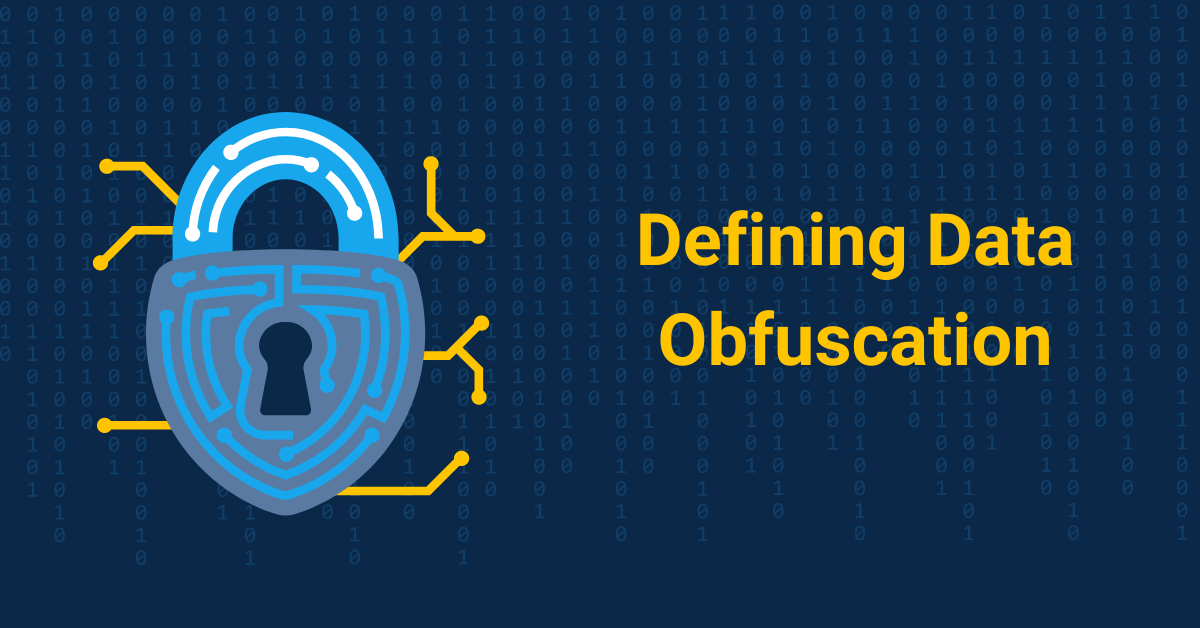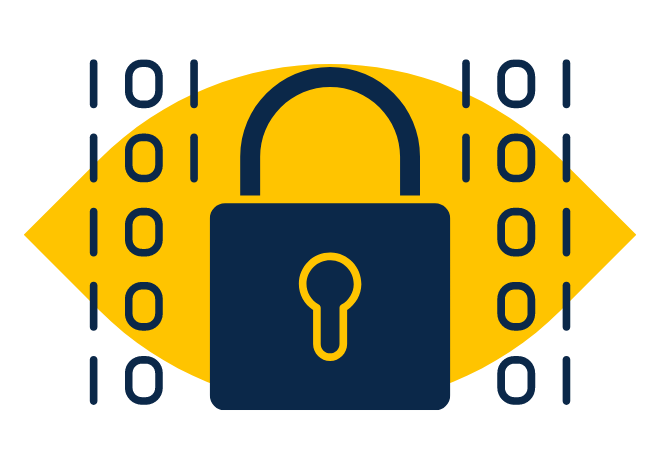
Nowadays, the stakes of cybersecurity are higher and the methods of data breaches are becoming more sophisticated. Cyberattackers are inventing more lethal data breach strategies such as reverse engineering tools, decompilers, and disassemblers.
In response, developers must take extra steps to ensure the safety and security of their code and their users’ data. The healthcare industry is the most targeted by hackers, followed by the financial services and retail sectors. According to a study cited by the National Library of Medicine, there were 2216 incidences of data breaches reported across 65 countries in 2018 alone. Among these data breach incidences, the healthcare industry faced 536 breaches.
Software development is one of the most affected industry sectors. In fact, data from the recent IBM report showed that software development was the target of 44% of all ransomware attacks in 2021. Findings from research conducted by Positive Technologies show that mobile banking applications are the most affected by cybercrime. The study also showed that common cyberattacks and cyber vulnerabilities are caused by names of classes and methods explicitly written in the source code, without being masked or encrypted through methods such as code obfuscation.
The need for masking is increasing as stakes in cybercrime rise. Data from CBinsights shows that data masking will grow to be an $800M industry by 2023. As you can see, data obfuscation is important for many reasons. Not only does it protect your intellectual property, but it also helps to keep user data safe and secure.

So, what is data obfuscation? In their guide, Brunton and Nissenbaum define data obfuscation as “the deliberate use of ambiguous, confusing, or misleading information to interfere with surveillance and data collection projects.” In simple terms, it is a method of hiding data by making it difficult to interpret. App hardening is an excellent example of the use of data obfuscation and protection. It’s a technique used to protect information by making it unreadable and unusable to anyone who doesn’t have the proper key to unlock it.
This is accomplished by using some of the best practices of data protection such as encryption, code transformation, and watermarking. In the software development world, data obfuscation is important. It assists software developers to protect intellectual property, ensure the safety of user data, and prevent reverse engineering. For instance, software developers can prevent intellectual property theft through encryption. By encrypting code, it becomes much more difficult for non-authorized people to copy it or reverse engineer it.
The use of data obfuscation is becoming increasingly relevant, especially as businesses and start-ups move to the online space. A survey conducted by 451 Research LLC revealed that data obfuscation techniques are on the rise, partly due to accelerating DevOps and as developers’ access to production data rises. Findings from the survey revealed that 53% of organizations interviewed used data obfuscation methods to protect the organization’s developer infrastructure. However, mobile developers seem to be lagging behind in adopting data obfuscation strategies to prevent data breaches in their development activities. According to research by the Association for Computing Machinery, only 24.92% of the 1.7 million free Android apps from Google Play are obfuscated by the developers.
This is a concern because, as the number of mobile devices and apps increases, so does the risk of data breaches. A recent study by Kaspersky shows that nearly one-in-five (17% of internet users) have had private information leaked to the public without their consent. With the increasing number of data breaches, it is becoming more important than ever for developers to take measures to protect their code and user data. One way to do this is through data obfuscation.

As a developer, it is important to be aware of the different types of software vulnerabilities that can affect your code. By understanding these vulnerabilities, you can take steps to avoid them and keep your code safe. Here are five common software vulnerabilities:
SQL injection is a type of attack that allows attackers to execute malicious SQL code on a database. This can be done by submitting malicious input into an application that then gets executed by the database. SQL injection can be used to access sensitive data, such as user passwords and credit card numbers. SQL injection can be prevented by using data obfuscation techniques, such as string encryption, and parameterized queries.
Cross-site scripting is a type of attack that allows attackers to inject malicious code into a web page. This can be done by submitting malicious input into an application that is then displayed on the web page. XSS can be used to steal sensitive information, such as cookies and session IDs. It can also be used to inject malicious code into the web page, such as JavaScript code that redirects users to a malicious site.
XSS can be prevented by using data obfuscation techniques, such as input validation and output encoding. Input validation involves checking user input to ensure that it is valid before it is displayed on the web page. PreEmptive’s Dotfuscator uses input validation to verify the application’s integrity during runtime.
Cross-site request forgery is a type of attack that allows attackers to inject malicious code into a web page. This can be done by submitting a malicious link or form to a user. CSRF can be used to trick users into submitting sensitive information, such as their username and password. It can also be used to inject malicious code into the web page, such as JavaScript code that redirects users to a malicious site.
CSRF can be prevented by using data obfuscation techniques such as input validation and output encoding. Input validation involves checking user input to ensure that it is valid before it is processed by the application.
Session hijacking is a type of attack that allows attackers to take over a user’s session. This can be done by stealing the user’s session ID. Session hijacking can be used to access sensitive data, such as user passwords and credit card numbers. It can also be used to modify data, such as changing a user’s password or adding new users to a database. PreEmptive’s Dotfuscator is the best app shield against session hijacking.
Denial of service is a type of attack that prevents users from accessing a website or service. This can be done by overwhelming the website with traffic or by crashing the server. DoS can be used to make a website unavailable, such as by preventing users from being able to access the website or by slowing down the website so that it is unusable. Denial of service can be prevented by using data obfuscation techniques, such as input validation and output encoding.
Data obfuscation is an important tool that any developer should use in developing security application. By using data obfuscation techniques, such as input validation and output encoding, developers can make it much more difficult for attackers to inject malicious code into their web pages. This can help to prevent a wide range of attacks, including SQL injection, cross-site scripting, CSRF, session hijacking, and denial of service.

Data obfuscation is a critical step in software development, yet too often it is neglected. By understanding what data obfuscation is and how to apply it, you can protect your applications from hacking and tampering. PreEmptive’s comprehensive suite of obfuscation tools can help you secure your DevSecOps pipelines and investments. With our help, you can protect your systems and keep your data safe. Contact us today to learn more about our products and services!